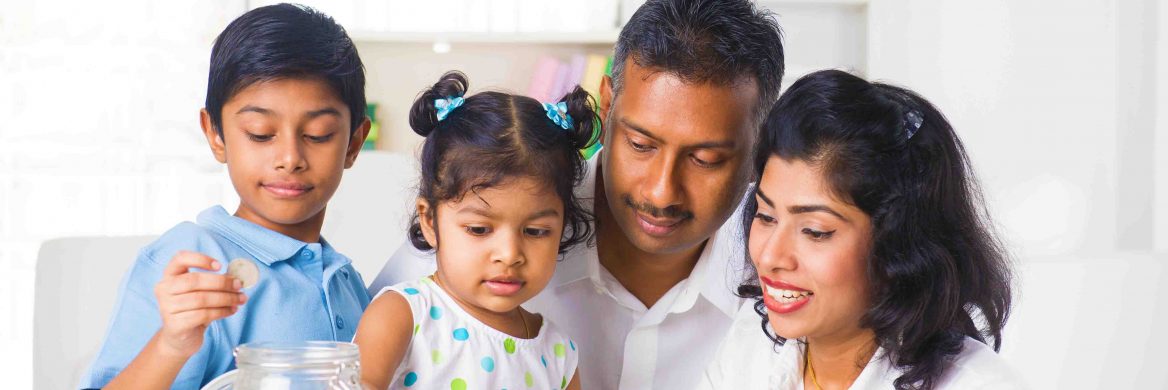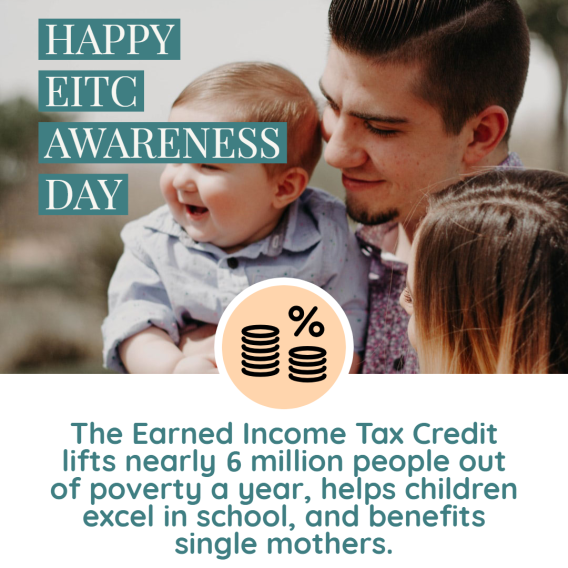Tax Credit Outreach Campaigns running free tax filing assistance sites can encourage taxpayers to direct part of their tax refund to a savings option to start generating assets and building wealth. While savings can be promoted at any time, tax time is ideal because the tax refund delivers additional money that may not be readily available later on.
Click on any of the following links to jump to a section:
- Protections to Save
- Savings Accounts
- Split Refunds
- Tax Time Savings Bonds
- Prize-Linked Savings
- Individual Development Accounts
- Roth Individual Retirement Accounts
- Saver’s Credit
- Homeownership and Car Ownership Programs and Investment Clubs
- America Saves
- Financial Technology
- Additional Resources
Protections to Save
Federal benefit programs are restricted from counting Earned Income Tax Credit (EITC) and the Child Tax Credit (CTC) refunds as income or toward asset limits to determine program eligibility for 12 months after the refund is received. Savings from tax credit refunds that are lower than the program’s asset limit can be kept even after this 12-month period. Most benefit programs allow at least $1,000 in savings. Individual Development Accounts (IDAs) are excluded from asset tests.
Additionally, the FDIC insures all deposits in banks and credit unions up to $250,000. If something happens to a bank, such as a bank failure, money deposited in a consumer’s account is guaranteed up to this amount. This is important to share with clients, considering that some consumers “save” in ways that lack protection, such as using another person’s bank account, cash, or material possessions, leaving their finances vulnerable. Understanding this protection offered through financial institutions may reduce the concerns of people who are unbanked, especially those who express distrust of banks.
Savings Accounts
Outreach Campaigns can partner with a local bank or credit union to offer a free or low-cost savings account. Banks can provide the ability to sign up for accounts onsite at free tax filing programs before tax preparation services so that a tax refund can be directly deposited into the account. Outreach Campaigns can also arrange special days for banks to come to an organization and open accounts during other times of the year. It will be important for groups that do this to inform workers in advance of documentation they need to bring to open an account.
Outreach Campaigns can also promote online bank accounts, especially if there isn’t a local bank or credit union that offers reasonable accounts. Check for accounts through Bank On, which works with a network of financial institutions that promote safe and affordable bank accounts.
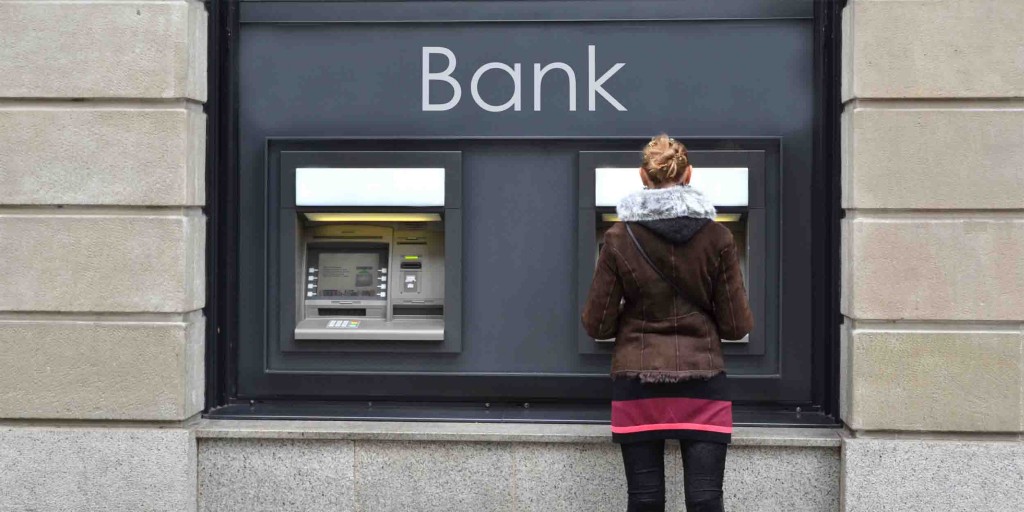
Split Refunds
The IRS provides the “split refund” option to tax filers receiving a refund through direct deposit. When a filer chooses to “split their refund,” it can be directly deposited into as many as three different accounts, with up to three different U.S. financial institutions. A refund can also be split to purchase a U.S. Savings Bond or to deposit funds on a reloadable prepaid debit card or a mobile app account like CashApp or Venmo.
The split refund option makes it easier for tax filers receiving larger refunds, such as from the EITC and CTC, to take advantage of savings and asset development opportunities when they file their tax return. Using the split refund option, a filer could directly deposit part of a tax refund into a savings account, part into an Individual Retirement Account, and the remainder into a checking account. Filers can also get the balance of their refund as a paper check mailed by the IRS. To learn more, visit FAQs about Splitting Federal Income Tax Refunds.
Tax Time Savings Bonds
One of the ways to encourage savings during tax time is through Tax Time Savings Bonds. This may be a good option for workers who are still hesitant to open a bank account. For more information on promoting savings bonds to build assets during tax time, visit Bonds Make It Easy.
Prize-Linked Savings
Prize-linked savings uses lottery-style drawings to encourage people to save by making it fun. Most prize-linked savings opportunities are designed so that every deposit a participant makes in a savings account during a specific timeframe qualifies as an entry into a raffle or drawing for various prizes. Usually, the more deposits participants make into savings accounts, the more entries they receive to win a monetary prize. Since all money deposited is retained by the account owners, everyone is a winner.
Thirty-four states currently allow prize-linked savings accounts. Outreach Campaigns in these states can partner with a credit union or bank to offer these savings incentives.
Individual Development Accounts
Individual Development Accounts (IDAs) are special savings accounts that encourage lower-income workers to save by matching their deposits. Partnerships between nonprofits, government agencies and financial institutions coordinate IDA programs. Participants attend financial education classes and can save money to purchase a home, pay for higher education or job training, or establish a small business. For more information, see Individual Development Accounts.
Roth Individual Retirement Accounts (IRA)
A Roth Individual Retirement Account (IRA) is a retirement account that accumulates interest and permits withdrawals tax-free, allowing savings for retirement to grow at a faster rate. Many workers who want to save for retirement, homeownership, or other purposes and are unable to get an IDA may find the Roth IRA an effective alternative. For more information, see Roth IRAs.
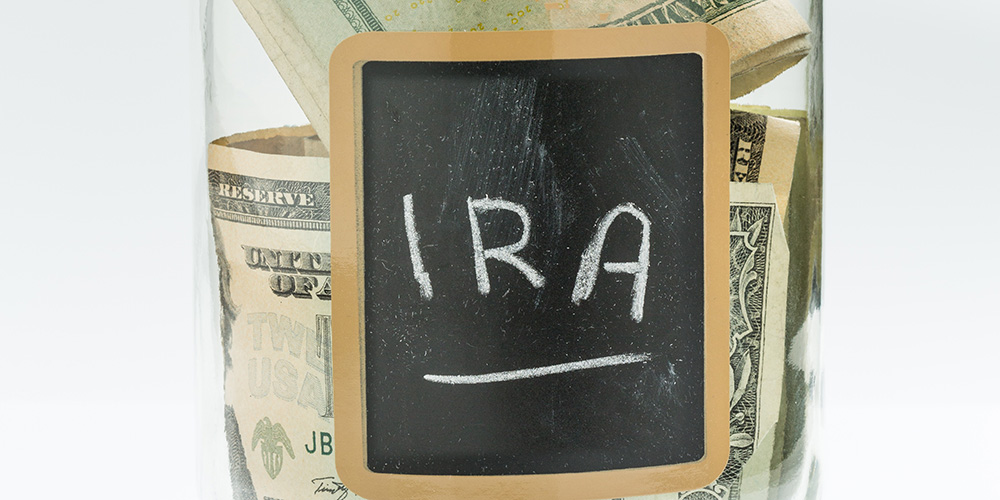
Saver’s Credit
People who work and save part of their income in a retirement plan or an IRA may qualify for the Saver’s Tax Credit. The Saver’s Credit provides a tax credit worth up to 50 percent of a maximum $2,000 contribution. It may be particularly valuable for workers in areas where matched-savings plans, such as IDAs, are not available, or when saving for retirement is a higher priority for a family than the uses that may qualify for matched savings in an IDA. The Saver’s Tax Credit, is referred to in IRS tax forms as the “Credit for Qualified Retirement Savings Contributions.” For more information, see Saver’s Credit.
Homeownership and Car Ownership Programs and Investment Clubs
Homeownership programs are designed to prepare participants to become responsible homeowners. Many programs include educational classes or workshops and some offer financial assistance that can be used for home inspection or closing costs. To locate a homeownership program in your area, visit the NeighborWorks HomeOwnership Center Directory.
Car ownership programs help link lower-income families to transportation, which is essential to gain and maintain employment. Car ownership programs issue affordable no- or low interest loans. Some programs require participants to complete activities, such as job training or money management classes, before they can receive the loan. To find car ownership programs in your state, visit Working Cars for Working Families.
Investment clubs are groups that learn principles of investing by pooling money together and deciding how to invest it. Rotating Savings and Credit Associations or Lending Circles are a type of investment club. Participants in these groups combine their money so each member has an opportunity to receive an interest-free loan. For more information on how Lending Circles work, visit Mission Assets Fund.
Outreach Campaigns can arrange for local groups offering homeownership or car ownership programs or investment clubs to share information at organizations or free tax assistance sites or train volunteers to do so. For example, the United Way of Greater Rochester’s CASH (Creating Assets, Savings and Hope) Campaign trained volunteers to serve as “CASH advisors” at their VITA sites. Tax filers completed a financial “wish list” which volunteers used to direct them to appropriate savings programs.

America Saves
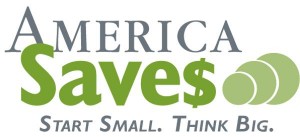 America Saves is a nationwide campaign supported by a coalition of nonprofit groups, employers, financial institutions, and government agencies to help individuals and families save and build wealth. It assists families as they pay down debt, build an emergency fund, and save for a home, education, or retirement.
America Saves is a nationwide campaign supported by a coalition of nonprofit groups, employers, financial institutions, and government agencies to help individuals and families save and build wealth. It assists families as they pay down debt, build an emergency fund, and save for a home, education, or retirement.
America Saves offers downloadable resources, financial tips, workshops, and assistance to organizations incorporating campaign messaging and services into their own programs.
Financial Technology
Financial Technology (Fintech) helps users better track their finances, spreads financial services to areas where they are not readily available and helps increase basic financial knowledge. According to the FDIC, mobile banking access increased from 9.5% in 2015 to 34% in 2019. Fintech can also be used to encourage savings and manage money.
Online or mobile banking allows users to view their account balances and track spending and deposits in real time. Different budgeting applications can help clients monitor spending, create a budget, manage savings, and pay bills. Check out this list from NerdWallet to learn about the pros and cons of different apps.
There are several apps that allow peer-to-peer (P2P) lending so people can send or receive money directly to friends, family members, or businesses. For example, Venmo, CashApp, and PayPal allow one to send money to another person or business for free. Funds can also be transferred to a bank account. Zelle is another application that allows people to send and receive money directly from a bank account if the bank participates in Zelle.
Fintech can be a tool to make learning about money management and savings fun. In How Money Smart Are You?, the FDIC uses technology to turn the experience of personal finance and savings into games, encouraging consumers to learn how to manage their money. Gamified applications can also help establish a habit of saving from an early age. Additional electronic savings games can be found at Practical Money Skills.
Fintech is also helping to simplify access to public benefits. Propel streamlines the SNAP (food stamp) application form and eliminates the need to submit paper documents. Free tax sites can inform clients about this tool to check their eligibility for SNAP and apply.
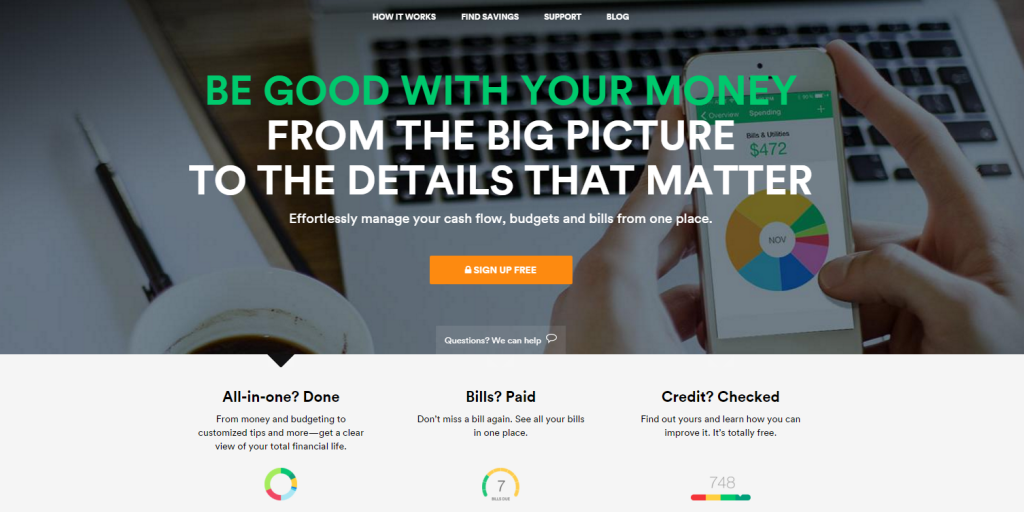
Additional Resources
- MyMoney.gov – Federal Financial Literacy and Education Commission (FLEC)
- Includes calculators and money management and budgeting tools.
- CashCourse – Higher Education Financial Wellness Alliance Online
- Features customizable financial tools and self-study financial education courses. While geared toward students, anyone can create a free account for use.
- Money Smart – Federal Deposit Insurance Corporation
- A financial education program for children, adults, and small business owners. Resources are available in English and Spanish and include games, guides, and podcasts.
- Financial Literacy Resource Directory – Office of the Comptroller of the Currency
- Identifies some federal government sources and nonprofit organizations that provide financial education resources.


